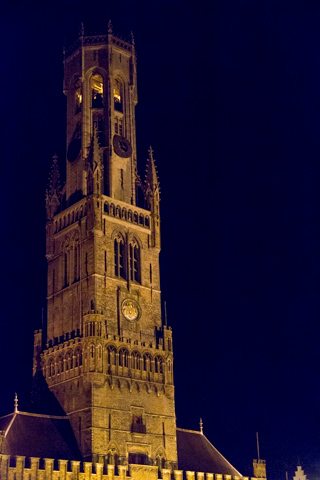
Along with a few other canal-based northern cities, such as Amsterdam and Stockholm, it is sometimes referred to as The Venice of the North. Bruges has significant economic importance thanks to its port and was once the chief commercial city in the world.
Bruges received its city charter on 27 July 1128, and new walls and canals were built. Since about 1050, gradual silting had caused the city to lose its direct access to the sea. A storm in 1134, however, re-established this access, through the creation of a natural channel at the Zwin. The new sea arm stretched all the way to Damme, a city that became the commercial outpost for Bruges.
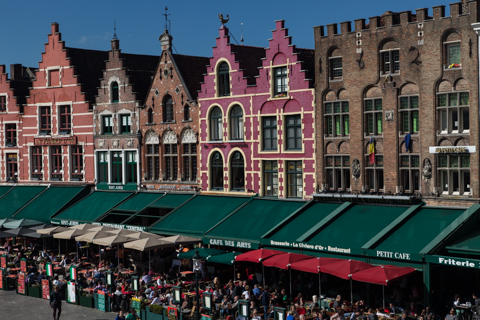
Bruges has most of its medieval architecture intact. The historic center of Bruges has been a UNESCO World Heritage Site since 2000. The Markt ("Market Square") of Bruges is located in the heart of the city and covers an area of about one hectare.
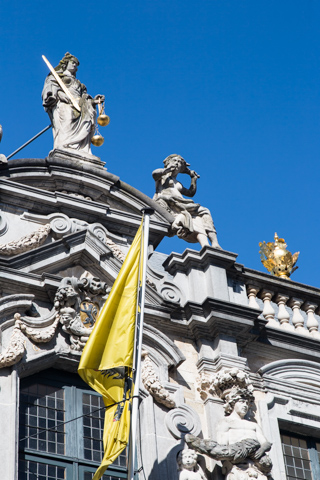
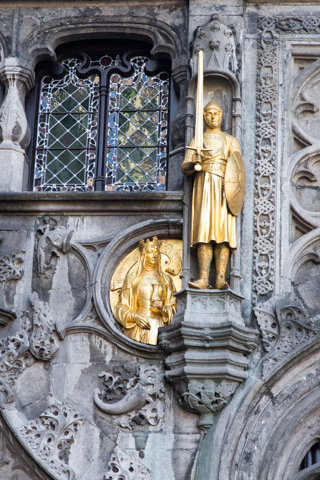
The Basilica of the Holy Blood is a Roman Catholic minor basilica in Bruges, Belgium. Originally built in the 12th century as the chapel of the residence of the Count of Flanders, the church houses a venerated relic of the Holy Blood allegedly collected by Joseph of Arimathea and brought from the Holy Land by Thierry of Alsace, Count of Flanders. Built between 1134 and 1157, it consists of a lower and upper chapel.
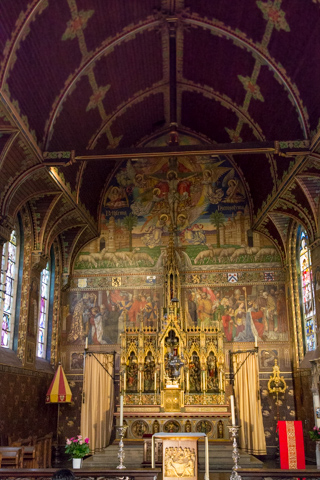
The venerated relic is in the upper chapel, which was rebuilt in the Gothic style during the 16th century and renovated multiple times during the 19th century in Gothic Revival style.
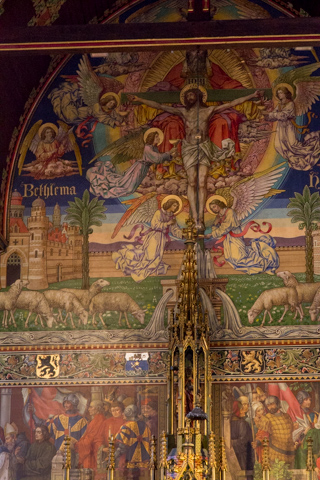

In 1134, Thierry of Alsace went on crusade a second time in 1147 during the Second Crusade. According to the tradition, Thierry of Alsace returned to his capital Bruges on April 7, 1150, with the relic of the Precious Blood.

Popular legend asserts that the phial was taken to Bruges during the Second Crusade of 1147-1149, by Thierry of Alsace, who returned from Jerusalem with the relic of the Holy Blood presented to him by his brother-in-law Baldwin III of Jerusalem, as the reward of his great services.
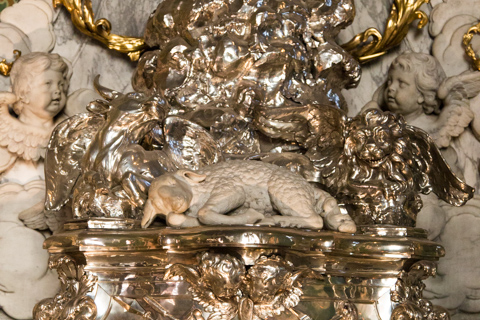

The lower chapel dedicated to St. Basil the Great is a dark Romanesque structure that remains virtually unchanged.

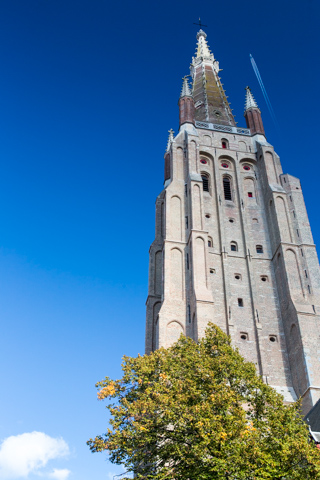
Many of Burges's medieval buildings are notable, including the Church of Our Lady, whose brick spire reaches 401.25 ft, making it one of the world's highest brick towers/buildings.
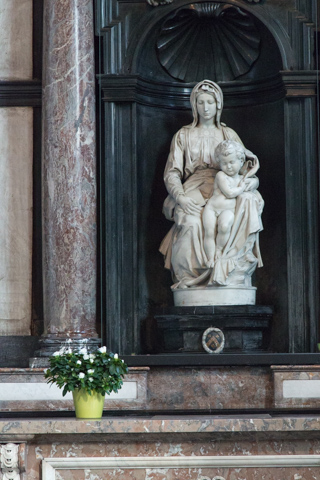
The altarpiece of the large chapel in the southern aisle enshrines the most celebrated art treasure of the church - a white marble sculpture of the Madonna and Child created by Michelangelo around 1504. The sculpture was twice recovered after being looted by foreign occupiers first French revolutionaries around 1794 and Nazi Germans in 1944.


The Sint-Salvator Cathedral, the main church of the city, is one of the few buildings in Bruges that have survived the onslaught of the ages without damage.
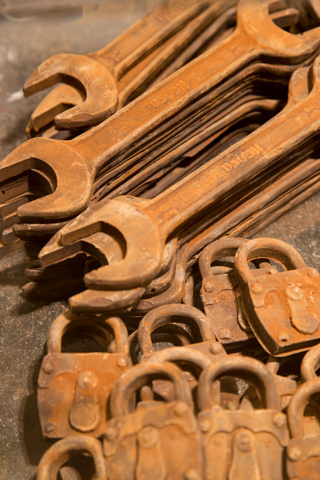
After dinner, we walked the shops in the streets of the market. There were several chocolate shops. We went into one of the shops where they had chocolate tools for sale.
